The Two Faces of Google’s AI Search: A Strategic Guide for Modern Brands
The world of search is undergoing a seismic shift, and as a brand, understanding this evolution is no longer optional—it’s a matter of survival. The introduction of Google’s AI-powered search, running in two distinct and powerful modes, has rewritten the rules of visibility, authority, and engagement. Our digital landscape is now defined by the dynamic interplay between Google AI Mode and AI Overviews, two features that, while seemingly similar, demand completely different strategic approaches.
Recent groundbreaking data from industry leaders like Semrush and Ahrefs has shed light on this new reality. The consensus is clear: brands are flourishing within the stable, citation-rich environment of AI Mode, but are struggling to maintain a consistent presence in the volatile, fast-shifting landscape of AI Overviews. This disparity presents both a challenge and an immense opportunity.
This comprehensive article, a strategic blueprint for the modern digital marketer, will not just reiterate the findings of these studies. It will serve as an actionable guide, empowering you to navigate this new era of AI search. We will dissect the core differences between these two modes, reveal why brands are experiencing this dual reality, and provide you with a step-by-step framework to optimize your content for maximum impact in both AI environments.
Understanding the Core Dichotomy: AI Mode vs. AI Overviews
To develop an effective strategy, we must first understand the fundamental differences between these two AI search experiences. Think of them as two different sides of the same coin, each with its own purpose and operational logic.
AI Overviews (The Volatile Curator):
Introduced first and now appearing for a significant percentage of queries (up to 30% of all searches and nearly 75% of problem-solving queries, according to Google), AI Overviews are designed to provide a quick, synthesized summary of information directly at the top of the SERP. They are the “instant answer” feature, pulling key facts from a multitude of sources to save the user a click.
Key Characteristics:
High Volatility: Studies show that AI Overview citations are highly unstable, with volatility 30x higher week-over-week compared to AI Mode. A brand cited one week may be absent the next.
Lower Brand Presence: Brands are mentioned in only about 43% of AI Overview responses.
High Citation Density: AI Overviews feature a high number of inline citations, often 20+ per response, linking to various sources.
Purpose: To provide a quick, direct answer, especially for informational or problem-solving queries.
Content Preference: Favors concise, structured content that can be easily summarized, but it’s a fiercely competitive space.
AI Mode (The Stable Discovery Engine):
AI Mode is a newer, more comprehensive generative AI experience powered by Google’s latest models like Gemini 2.5. Unlike AI Overviews, which are a summary, AI Mode is a conversation-like interface that provides a broader, more exploratory response to a user’s query. It’s a discovery engine that goes beyond a single answer.
Key Characteristics:
High Brand Presence: A staggering 90% of AI Mode responses include brand mentions. It surfaces 3.8x more unique brands than AI Overviews.
High Stability: The visibility of brands in AI Mode is far more stable and predictable.
Fewer Citations, but More Prominent: AI Mode typically relies on 5 to 7 source cards, which are more prominent than the inline citations in AI Overviews.
Purpose: To serve as a broad, stable platform for discovery, providing detailed and interactive responses.
Content Preference: Prefers comprehensive, in-depth content that demonstrates expertise and authority, allowing for broader exploration of a topic.
The Data-Backed Story: Why the Disparity?
The studies are clear, but why does this phenomenon exist? The answer lies in the fundamental design and purpose of each tool.
AI Overviews are a “Fast-Shifting Curator.” Their goal is to provide a single, definitive answer to a user’s query. To do this, the algorithm is constantly testing and re-evaluating sources to find the most accurate and up-to-date information. This leads to high volatility. Furthermore, because the summary is condensed, there’s less space for brand-specific mentions, unless the brand is inextricably linked to the query (e.g., “Nike” for sneakers).
AI Mode, on the other hand, is a “Broad, Stable Discovery Engine.” Its purpose is to help users explore a complex topic. This requires sourcing from a wider range of authoritative content to provide a more comprehensive and multi-faceted answer. The algorithm is designed to identify and highlight a broader set of trusted sources, leading to higher brand inclusion and greater stability.
Think of it like this: AI Overviews are a quick, curated news brief 📰, while AI Mode is an in-depth, long-form documentary 🎥. Both are valuable, but they serve different purposes and rely on different content styles.
The Strategic Blueprint: How to Optimize for Both Worlds
You can’t afford to choose one over the other. A winning SEO strategy in 2025 and beyond requires a dual approach that respects the unique demands of both AI Mode and AI Overviews. Here is a strategic blueprint to guide your efforts.
Phase 1: Foundation Building (The E-E-A-T Imperative)
Before you write a single piece of content, you must fortify your digital foundation. The single most important factor for success in AI search is not just keywords, but E-E-A-T (Experience, Expertise, Authority, Trustworthiness). The AI models are trained on vast datasets and are exceptionally good at identifying content from credible, trustworthy sources.
Bolster Your Expertise and Authority:
Author Bios: Ensure every piece of content has a detailed author bio, showcasing their credentials, experience, and why they are an expert on the topic.
Structured Data (Schema): Use schema markup to explicitly tell search engines who the author is and that the content is from a reputable source. Use
AuthorandOrganizationschema.Build Backlinks & Brand Mentions: The Ahrefs study found a strong correlation between branded web mentions and AI Overview visibility. Focus on getting your brand mentioned across the web, not just through traditional link building. Guest posting on respected sites, publishing original research, and getting quoted in industry publications are now more critical than ever.
Demonstrate Trustworthiness:
Transparency: Cite your sources, especially for data-driven claims.
Security: Ensure your website is secure with HTTPS.
User Experience: Maintain a fast, mobile-friendly, and accessible website. Core Web Vitals remain a critical ranking signal.
Phase 2: Content Creation (The Dual-Purpose Content Strategy)
Your content must be crafted with both AI Overviews and AI Mode in mind. This is a “one-to-many” approach, where a single piece of content is designed to be a source for multiple AI features.
For AI Overviews (The “Quick Answer” Content):
Structure for Summarization: Start your articles with a concise, direct answer to the query. Use a “TL;DR” (Too Long; Didn’t Read) or a summary paragraph at the top.
Use Clear Headings and Bullet Points: This helps the AI easily parse and pull out key information. Use
H2,H3, andH4tags to create a logical hierarchy.Target Informational Queries: AI Overviews are most prevalent for informational searches. Create content that answers questions like “What is X?”, “How does Y work?”, or “What are the benefits of Z?”.
Create Data-Rich Content: If you can, conduct original research or surveys. The data-rich nature of this content makes it highly citable and authoritative.
For AI Mode (The “Deep-Dive” Content):
Create Comprehensive Pillars: AI Mode favors comprehensive content. Write long-form, pillar articles that cover a topic exhaustively. A 2000+ word article is no longer just for rankings; it’s a requirement for being a reliable source for AI Mode.
Answer Related Questions: Within your comprehensive article, answer related subtopics and long-tail questions. This “query fan-out” technique helps your content get cited for a broader range of queries.
Use Tables and Visuals: AI Mode responses are often interactive and multimodal. Including tables, charts, and diagrams makes your content more valuable and citable.
Phase 3: Tactical Implementation (On-Page Optimization)
Here is a practical checklist for every article you publish:
| Element | AI Overviews Focus | AI Mode Focus |
| Headings | Clear, direct questions (H2) that the AI can easily answer. | Hierarchical structure (H2, H3) to guide a user through a complex topic. |
| Formatting | Bullet points, numbered lists, and bold text for quick scannability. | Tables, charts, and infographics to visualize complex data and comparisons. |
| Citations | Internal links to other high-authority pages on your site. | External links to other trusted sources (to build your trustworthiness). |
| Content Length | Concise summaries at the top. | Comprehensive, long-form content (2000+ words). |
| Keywords | Direct-answer queries. | Broad, topical-authority keywords and long-tail variants. |
Real-World Examples & Actionable Advice
Let’s put this into practice with a hypothetical example. Let’s say you’re a brand selling ergonomic office chairs.
Traditional SEO Article Title: “10 Best Ergonomic Chairs for Your Home Office”
This is a good article, but it’s a direct-answer query that is highly susceptible to being summarized in an AI Overview, potentially reducing clicks.
Dual-Purpose SEO Article Title: “The Science of Ergonomics: A Comprehensive Guide to Choosing the Right Office Chair for You”
For AI Overviews: The article would start with a concise summary answering “What is ergonomics?” and a bulleted list of “Key features of an ergonomic chair.” This would make it easy for the AI to summarize for a quick search.
For AI Mode: The rest of the article would be a deep dive. It could include a table comparing different chair models, a section on the history of ergonomics, a detailed guide on how to adjust a chair for optimal posture, and a section on the medical benefits of a good chair, citing experts. This comprehensive approach makes it a prime candidate for being a cited source in AI Mode responses.
This is the kind of strategic thinking that wins in the new AI search landscape.
Beyond the Article: Tables, Emojis, and Lists
In this new era, your content must be more than just text. It needs to be visually digestible and engaging.
Table: AI Mode vs. AI Overviews at a Glance
| Feature | AI Mode | AI Overviews |
| Primary Function | In-depth discovery & exploration | Quick, synthesized answer |
| Brand Presence | High (90% of responses) | Low (43% of responses) |
| Stability | High (Predictable) | Low (30x more volatile) |
| Citation Style | 5-7 prominent source cards | 20+ inline citations |
| Content Type | Comprehensive, long-form, authoritative | Concise, structured, scannable |
Lists & Emojis to Boost Readability:
Your articles should be easy to read and understand. Lists and emojis can break up long blocks of text and highlight key points.
✅ Create Comprehensive Content: The more you cover a topic, the more likely you are to be a cited source in AI Mode.
🚀 Boost Your E-E-A-T: Authority and trustworthiness are the new currencies of SEO.
📊 Leverage Data: Original research and data-backed claims are highly valuable to AI models.
🔍 Focus on User Intent: Understand the user’s “why” behind the search to create content that truly helps.
💡 Structure Your Content: Use headings, lists, and tables to make your information easy for both humans and AI to digest.
A New Chapter in SEO
The study “Brands dominate Google AI Mode, struggle in AI Overviews” is not a warning; it’s a wake-up call. The landscape has changed, and the old “rank and bank” strategies are no longer sufficient.
Winning in this new environment means adapting to the dual nature of Google’s AI search. It means creating a strategic content factory that produces both quick, scannable answers for AI Overviews and comprehensive, authoritative pillars for AI Mode. By focusing on the fundamentals of E-E-A-T, diversifying your content formats, and being more strategic in your on-page optimization, you can ensure your brand not only survives but thrives in the age of generative AI.
This is a new chapter in the history of search. The brands that understand the nuances of AI Mode and AI Overviews and build their strategy around them will be the ones that dominate the SERP for years to come.




